Visual Tour of Seven Pines
November Autumn’s Classic Challenge June prompt asks us to create a Visual Tour. As she describes it: “Sometimes we come across a scene or description that creates such vivid imagery it moves us. Select a quote from the Classic you’re currently reading and create, what I call a: Visual Tour.”
My selection of John Brown Gordon’s Reminiscences of the Civil War may be stretching the idea of a classic just a bit; it was always my goal to look beyond the standard canon of prose fiction for classics of history, philosophy, drama, biography and memoir. You are unlikely to ever run across Gordon’s Reminiscences in your standard college curriculum. However, the book is very well written by a man who was just about everywhere during the war and at time is quite moving like this episode from his description of the battle of Seven Pines. The battle is largely forgotten today but was extremely significant to the city of Richmond at the time. There was an anniversary of the Battle of Seven Pines last weekend and I spent a good part of that weekend trying to reimagine the events that happened there 150 years ago.
Gordon sets the scene as follows:
“Whatever rank may be assigned in history to the battle of Seven Pines, or Fair Oaks, as the Union men call it, it was to my regiment one of the bloodiest of my war experience. Hurled, in the early morning, against the breastworks which protected that portion of McClellan’s lines, my troops swept over and captured them, but at heavy cost. As I spurred my horse over the works with my men, my adjutant, who rode at my side, fell heavily with his horse down the embankment, and both were killed. Reforming my men under a galling fire, and ordering them forward in another charge upon the supporting lines, which fought with the most stubborn resistance, disputing every foot of ground…”
What happens to Gordon next is hard to imagine and impossible to forget:
“Nearly or quite half the line officers of the twelve companies had by this time fallen, dead or wounded. … Still I had marvelously escaped, with only my clothing pierced. As I rode up and down my line, encouraging the men forward, I passed my young brother, only nineteen years old, but captain of one of the companies. He was lying with a number of dead companions near him. He had been shot through the lungs and was bleeding profusely. I did not stop; I could not stop, nor would he permit me to stop. There was no time for that— no time for anything except to move on and fire on.”
Gordon led the 6th Alabama which was fighting in the neighborhood of a prominent landmark in the area. Their assault on the Union earthworks was very close to the “twin” houses along the Williamsburg Pike. This unique and easily recognized landmark shows up in many drawings, lithographs and photographs of the period helping to provide very complete visual tour of the area in which Brown’s description occurred.
Here is a lithograph of the twin homes as they might have looked before the arrival of the Union army. 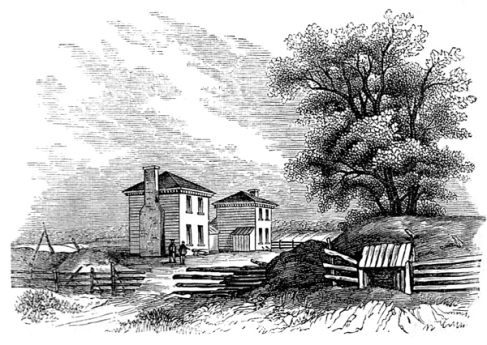
And here is a drawing that A. R. Waud sketched a couple days before the battle with the Union army and fortified earthworks around the houses. 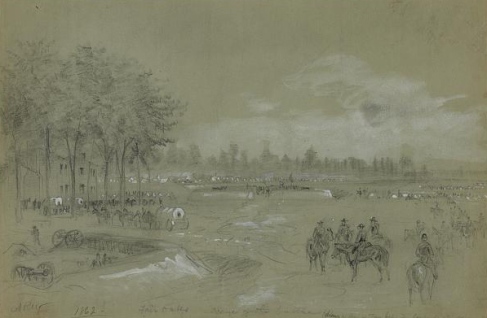
This is the redoubt in front of the houses and near the Williamsburg Pike. 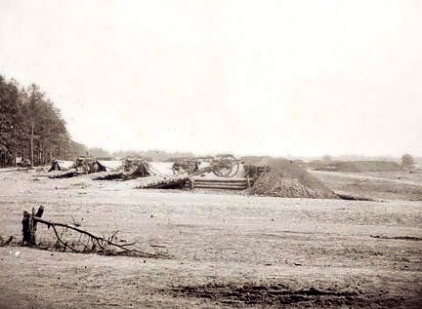
Here is Alonzo Chappel’s artistic interpretation of what the fight for the earthworks might have looked like. 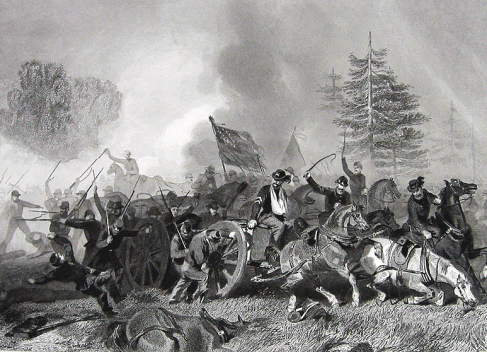
A lithograph of the aftermath of the battle where they are burning the horses and burying the dead. 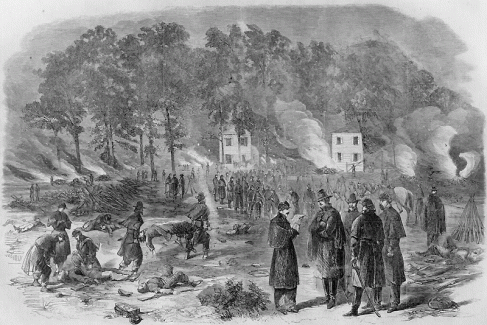
And a photograph from later that summer. Note the graves in the foreground. 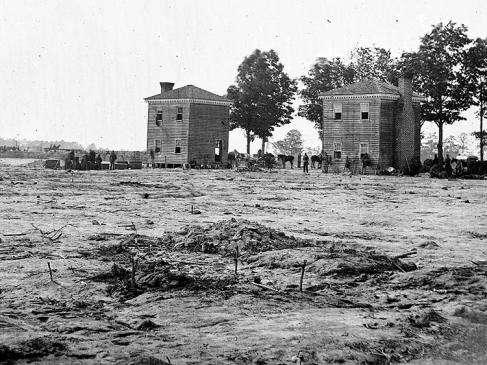
And a later photograph where the earthworks have been built up and extended. 
The area today looks nothing like it did then. The town of Sandston was built over the battlefield. Here is a view along the Williamsburg Pike near where the twin houses once stood.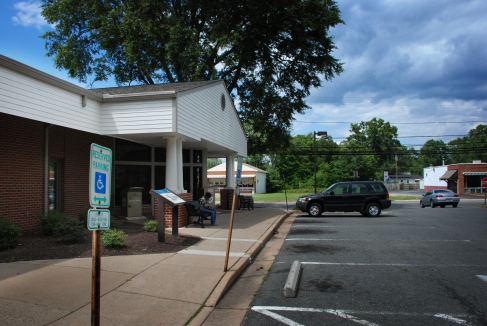
And a view of the marker showing the location of the twin houses.
It turns out that Gordon’s brother survived his wound only to die two years later, not far away, at the battle of the Wilderness.
“My young brother, Captain Augustus Gordon, who had been shot through the lungs, was carried back with the wounded. He recovered, and won rapid promotion by his high soldierly qualities, but fell at the head of his regiment in the Wilderness with his face to the front, a grape-shot having penetrated his breast at almost the same spot where he had been formerly struck.”
Gordon ends his narrative showing us what his wife was experiencing during the battle as described by her uncle Major John Sutherland Lewis:
“The battle in which Mrs. Gordon’s husband was then engaged was raging near the city with great fury. The cannonade was rolling around the horizon like some vast earthquake on huge crashing wheels. Whether the threads of wedded sympathy were twisted more closely as the tremendous perils gathered around him, it was evident that her anxiety became more and more intense with each passing moment. She asked me to accompany her to a hill a short distance away. There she listened in silence. Pale and quiet, with clasped hands, she sat statue-like, with her face toward the field of battle. Her self-control was wonderful; only the quick-drawn sigh from the bottom of the heart revealed the depth of emotion that was struggling there.”
One last image. Here is a view from the hill Mrs. Gordon may have climbed, but looking away from the battlefield and toward the city or Richmond.

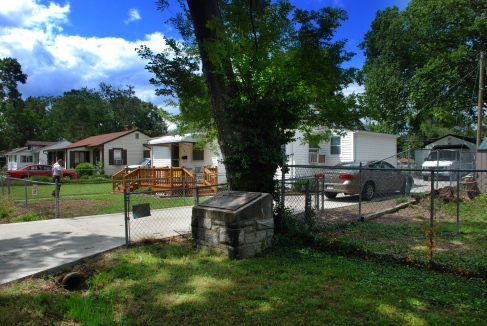
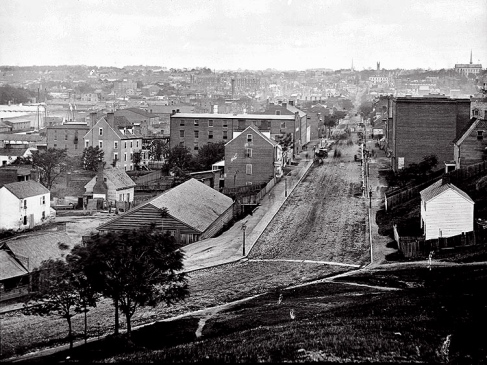
A most interesting post and the visual tour adds so much to it. Enjoyed it very much!